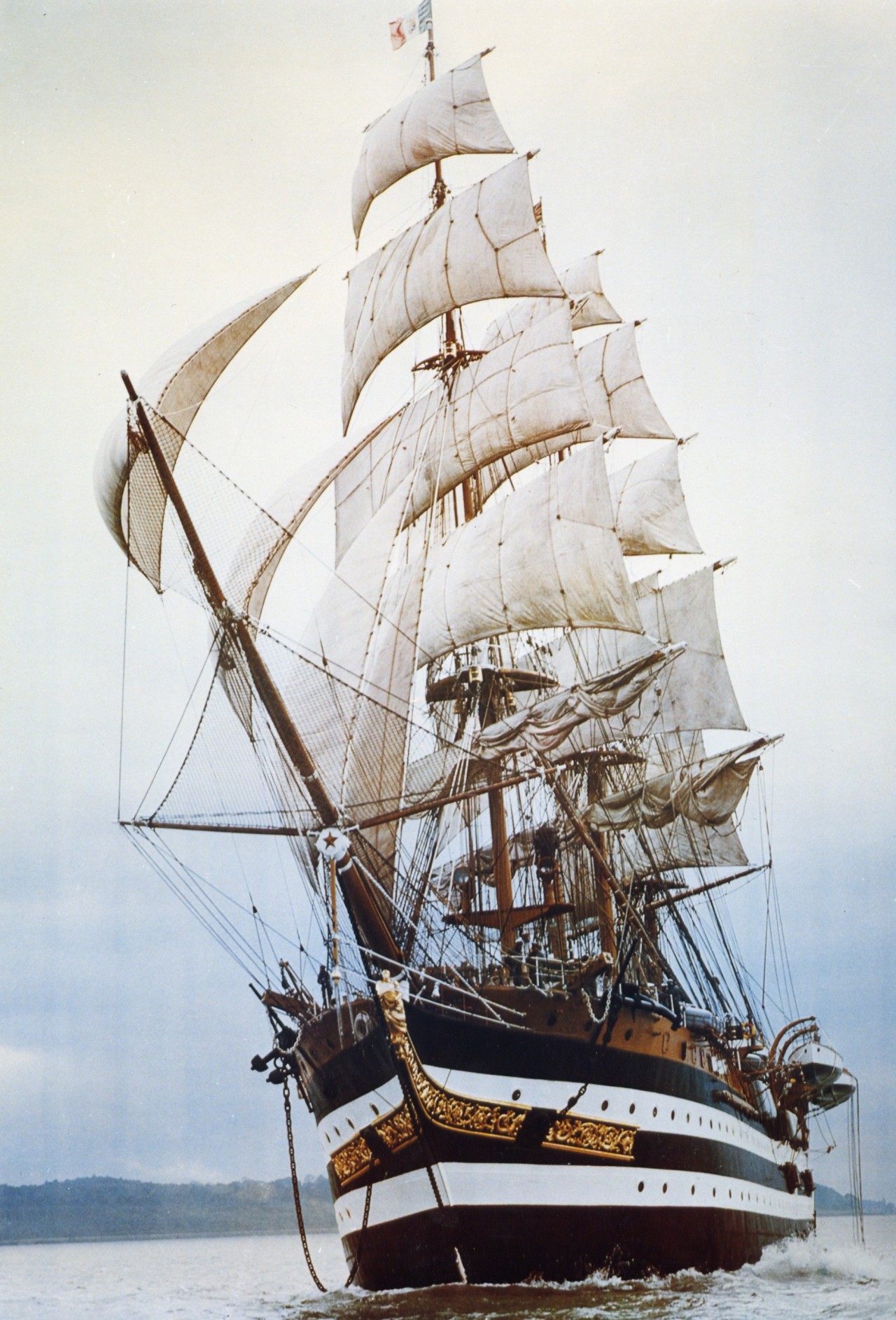Why is Amerigo Vespucci considered one of the most significant figures in the Age of Exploration? A bold statement can be made that his contributions not only reshaped geographical understanding but also left an indelible mark on world history by naming two continents after him. His voyages and writings played a pivotal role in altering European perceptions of the New World.
Amerigo Vespucci, born in Florence in 1454, was an Italian explorer, financier, navigator, and cartographer whose expeditions laid the groundwork for modern geography. While working as a representative for the Medici family, he became deeply involved with maritime ventures, eventually embarking on several journeys across the Atlantic Ocean. Unlike Christopher Columbus, who believed until his death that he had reached Asia, Vespucci correctly identified the lands he visited as part of a separate continent. This realization was revolutionary at a time when maps were rudimentary and knowledge of global geography limited.
| Full Name | Amerigo Vespucci |
|---|---|
| Date of Birth | March 9, 1454 |
| Place of Birth | Florence, Italy |
| Occupation | Explorer, Navigator, Cartographer |
| Education | University of Padua (Humanities) |
| Patron | Lorenzo Pietro di Medici |
| Major Expeditions | 1499-1500, 1501-1502, 1503-1504 |
| Notable Achievements | Identified the Americas as a distinct landmass; influenced early maps |
| Legacy | Namesake of North and South America |
| Reference Website | History.com - Amerigo Vespucci |
Vespucci's first voyage occurred in 1499 under the Spanish flag, where he served as an astronomer and mapmaker. During this journey, he explored the northeastern coast of South America, documenting its features meticulously. His observations revealed that the coastline extended much farther south than previously thought, contradicting prevailing beliefs about the layout of the Earth. By measuring celestial bodies and employing advanced navigation techniques, Vespucci provided evidence supporting the existence of a vast, uncharted territory beyond the known world.
In subsequent expeditions, Vespucci continued to refine his understanding of these newfound lands. In particular, his second voyage (1501-1502) commissioned by Portugal proved instrumental in solidifying his theories. He traversed along the Brazilian coast, reaching as far south as Patagonia. Through detailed descriptions and precise calculations, Vespucci demonstrated conclusively that the regions he encountered constituted a new continent rather than being extensions of Asia. These findings were published in letters addressed to his patron, Lorenzo Pietro di Medici, which circulated widely throughout Europe.
The publication of Mundus Novus (New World) in 1503 further amplified Vespucci's influence. Written in Latin, it recounted his experiences during the aforementioned voyages and argued persuasively for the recognition of a separate continent. The phrase new world, coined within this document, resonated deeply among scholars and explorers alike. It marked a turning point in how Europeans conceptualized their place within the broader context of global geography. Moreover, Vespucci's insights inspired cartographers such as Martin Waldseemüller, who produced the famous 1507 map depicting the newly named America.
Despite some controversies surrounding the authenticity of certain accounts attributed to Vespucci, there remains little doubt regarding his lasting impact on exploration and cartography. His ability to synthesize empirical data with theoretical reasoning set a precedent for future generations of navigators. Furthermore, his emphasis on scientific methods over conjecture elevated the standards of geographical inquiry during an era fraught with uncertainty.
Beyond his professional achievements, Vespucci's personal life offers additional layers of intrigue. Raised in a prominent Florentine family, he initially pursued a career in commerce before transitioning into exploration. His education in humanities equipped him with critical thinking skills essential for interpreting complex phenomena encountered during his travels. Throughout his lifetime, Vespucci maintained close ties with influential patrons like the Medicis, ensuring financial backing for his ambitious projects. Such connections facilitated both his success as an explorer and dissemination of his discoveries across intellectual circles.
Today, the legacy of Amerigo Vespucci endures through numerous tributes bearing his name. Among them stands the iconic training ship Amerigo Vespucci, operated by the Italian Navy since 1931. Embodying qualities of resilience and determination encapsulated in its motto—Not he who begins, but he who perseveres—this vessel serves as a fitting tribute to the man whose perseverance transformed humanity's comprehension of the world.
While debates persist concerning the extent of Vespucci's contributions relative to contemporaries like Columbus, his role in defining the boundaries of the New World cannot be overstated. Through rigorous observation, innovative methodology, and articulate communication, he bridged gaps between myth and reality, forever altering the course of human history. As we reflect upon his accomplishments, it becomes clear why two continents bear his name—a testament to enduring curiosity and ingenuity.



